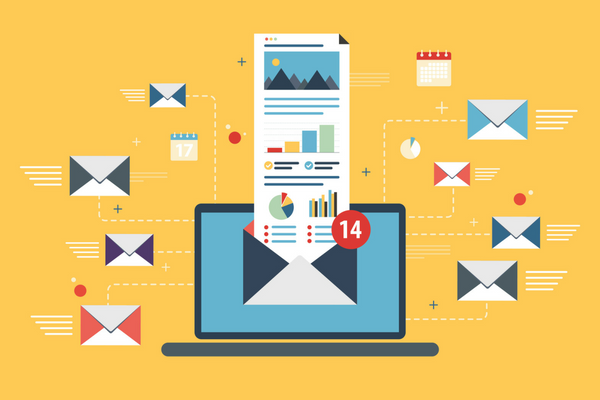While growing up I distinctly recall often receiving big envelopes selling subscriptions of a very popular monthly general-interest magazine, which always made an interesting read. It had a personalised letter, making you feel very special. It came with lots of other pamphlets, designed very aesthetically, with useful content that would certainly make one feel excited about the special offers and the value being delivered over a long time.
Especially having read the magazine at a friend’s homes, and different libraries, we’d visit those days frequently to satiate our reading hunger, these promotional mailers always offered great deals. Compared to the newsstand prices, they’d offer 50-60 % off discounts for the annual subscriptions and that would be a steal deal.
And then keeping an archive at home was another great proposition. Such was the power of direct mail in the age of NO internet, which wasn’t very long ago. Then there were special and unique products not often found in shops and markets (big malls didn’t exist then), which all were using this channel of direct mail successfully for sales and sales lead generations. Colourful brochures, discount coupons, product leaflets, fliers all would make a good educative and learning experience even if they weren’t purchased immediately. And those direct mail packs were often windows to another world of high-tech, innovative, and consumer-friendly products.
With the changing face of time and age of ‘speed’ and ‘instant revert’ setting in email marketing came into being as one of the key marketing strategies from a digital communications perspective. Despite the presence of extensive social media and a lot of unsolicited spams flooding our mailboxes, email is still quite an effective tool for marketing communications. Most of us do check our emails daily and many of us do it through the day and for hours looking into it minute by minute.
If we have to go by Statista, a leading provider of market and consumer data, today a whopping 3.9 billion daily email users and is expected to grow to 4.48 billion users by 2024. In 2019, there were over 5.6 billion active email accounts, worldwide.
In the era of digital communications, email marketing remains to be a leading choice of a tool for reaching out to key audiences. However, email marketers always have this challenge of how to cut the clutter? Users every day receive dozens of unsolicited emails, while few of them are great offers worth considering, substantial ones often land into the trash can, unread.
Another challenge for email marketers is about being relevant to their customers as most often they end up missing out on this aspect of communication. Users get bogged down with receiving communication that is of no use to them in any way. If the email marketers can tell good stories to their customers, then engagement with them through their content may get established sooner.
Contrary to instantaneous response-oriented features of the email, traditional direct mail has its own merits. While a mailer takes a bit longer to reach the target audience, it can offer a great experience to the potential customer as soon as it lands into his hands. The presentation and content of the direct mail itself can be great experiential tools. Moreover, consumers generally love to open a nicely packed envelope containing attractively and tastefully designed content instead of an email in their mailboxes.
Emotional connect offered by receiving something in a physical mailbox could create a much stronger affinity as against an electronic mail in an ever-crowded mailbox. Especially, where there are luxury products, high-end stuff, jewellery, and premium real estate offerings, a traditional direct mail is any day a better option. Besides, it could be a good way to reach out to the audience with physical material like chocolates, goodies, toys, miniatures, etc., as a part of the package for the consumers.
While digital is certainly the future and email marketing is among the fastest-growing tools of the digital marketing strategy, traditional direct mail isn’t dead yet. Direct mail has several takers depending upon the nature of products and services one is dealing with and apart from the kind of audience one is targeting to reach out to.
The views and opinions published here belong to the author and do not necessarily reflect the views and opinions of the publisher.



Be the first to comment on "How should you be using direct mail in the age of email?"